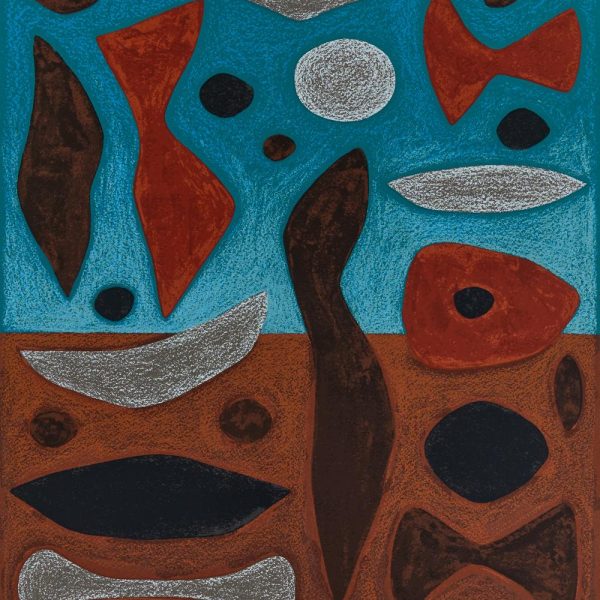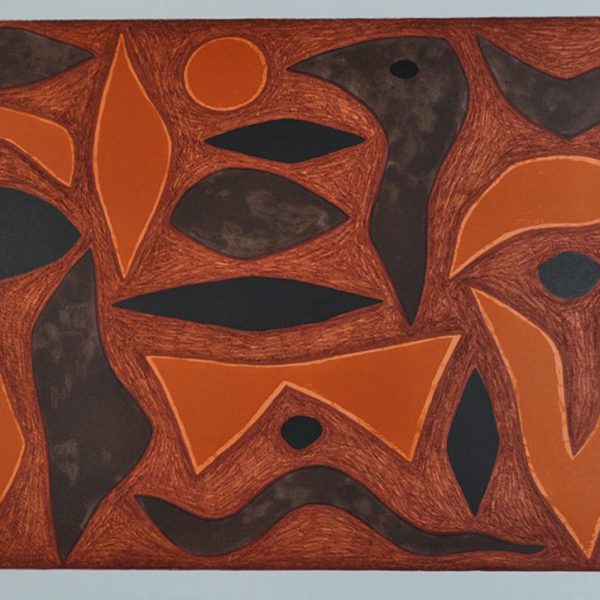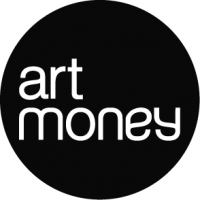
John Coburn (1925 – 2006)
John Coburn AM was one of Australia’s most important abstract artists of the second half of the 20th Century. Coburn was born in Ingham, Queensland. He was an Australian abstract painter, teacher, tapestry designer and printmaker. Coburn studied art at East Sydney Technical College in 1947. He later became head of the National Art School for two years.
By 1955-56, Coburn had developed his own style: a flat-patterned style of painting, using brilliant colour combinations based on natural or organic images. During the 1970s, Coburn embarked on his own artistic mission: to develop a distinctly Australian abstract visual language. He sought a confluence of Western European culture, the Roman Catholic religion, Aboriginal spirituality and nature. This also coincided with a greater personal interest in Aboriginal Australia. He visited the Northern Territory – Kakadu, Alice Springs and the Gulf Country – and produced some of his most adventurous works. He said at the time: ‘We come from a European culture – we have been here 200 years. It’s time for us to relate to the land as the Aborigines do and have the same feeling for it.’
In 1996 Coburn achieved immediate fame with his designs for The Curtain of the Sun and The Curtain of the Moon for the new Sydney Opera House; while a series of seven tapestries, The Creation, presented to the USA as a gift from the Australian Government, were hung in the John F Kennedy Centre for the Performing Arts in Washington. He won the Blake Prize for Religious Art twice, in 1960 and again in 1977. In 1996 he won the Mandorla Art Award. He was awarded a Member of the Order of Australia (AM) in 1980 and an honorary doctorate at James Cook University, Townsville in 1991. John Coburn is represented in the National Gallery of Australia, the Art Gallery of NSW, the Museum of Contemporary Art NSW, Rome’s Vatican Museum, Vienna’s Graphische Sammlung Albertina and all State and Regional galleries in Australia.






